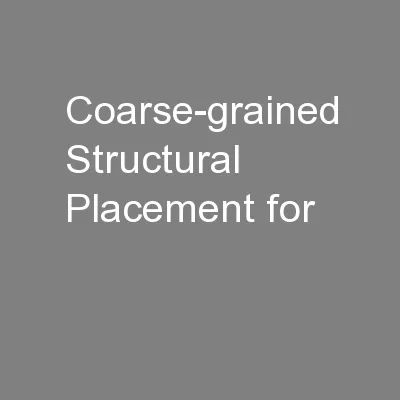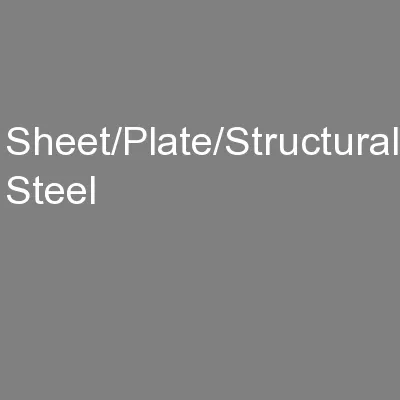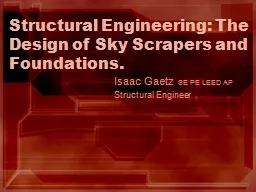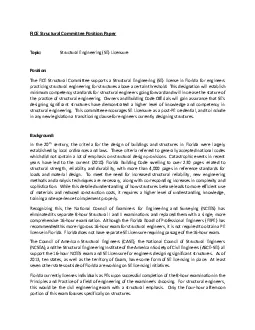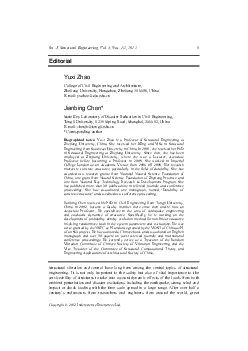PPT-Structural Design Criteria Discussion
Author : teresa | Published Date : 2024-03-15
E Anderssen LBNL FNAL BNL LBNL Design criteria meeting 20171028 Outline What exists that we can simply refer to Where and why would we deviate Should include references
Presentation Embed Code
Download Presentation
Download Presentation The PPT/PDF document "Structural Design Criteria Discussion" is the property of its rightful owner. Permission is granted to download and print the materials on this website for personal, non-commercial use only, and to display it on your personal computer provided you do not modify the materials and that you retain all copyright notices contained in the materials. By downloading content from our website, you accept the terms of this agreement.
Structural Design Criteria Discussion: Transcript
Download Rules Of Document
"Structural Design Criteria Discussion"The content belongs to its owner. You may download and print it for personal use, without modification, and keep all copyright notices. By downloading, you agree to these terms.
Related Documents



